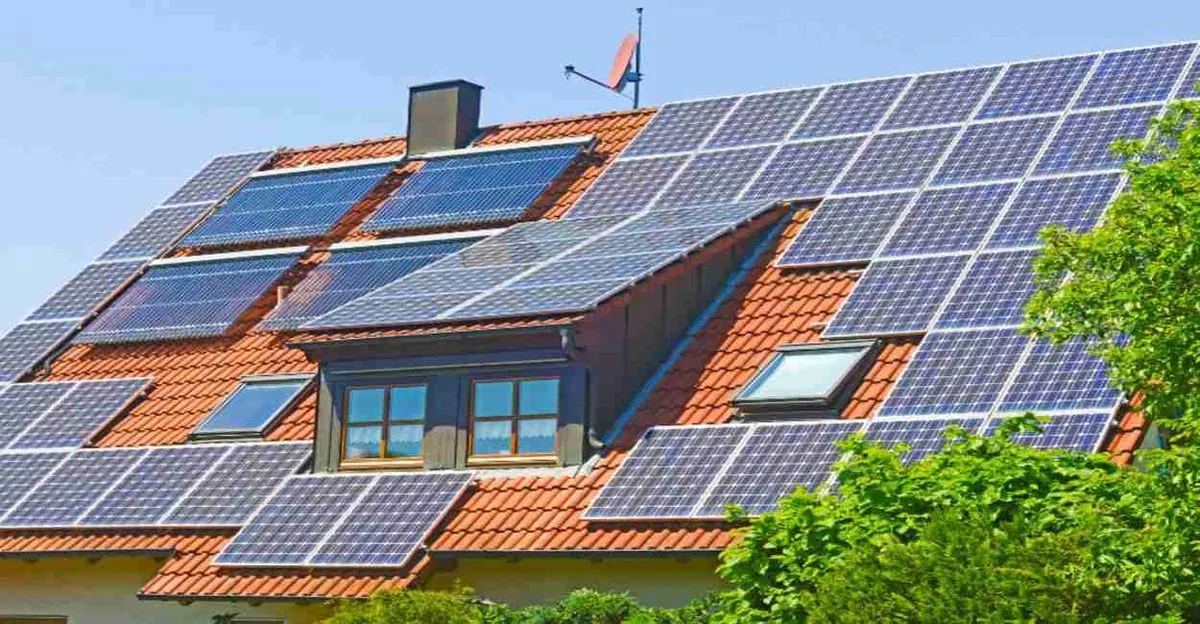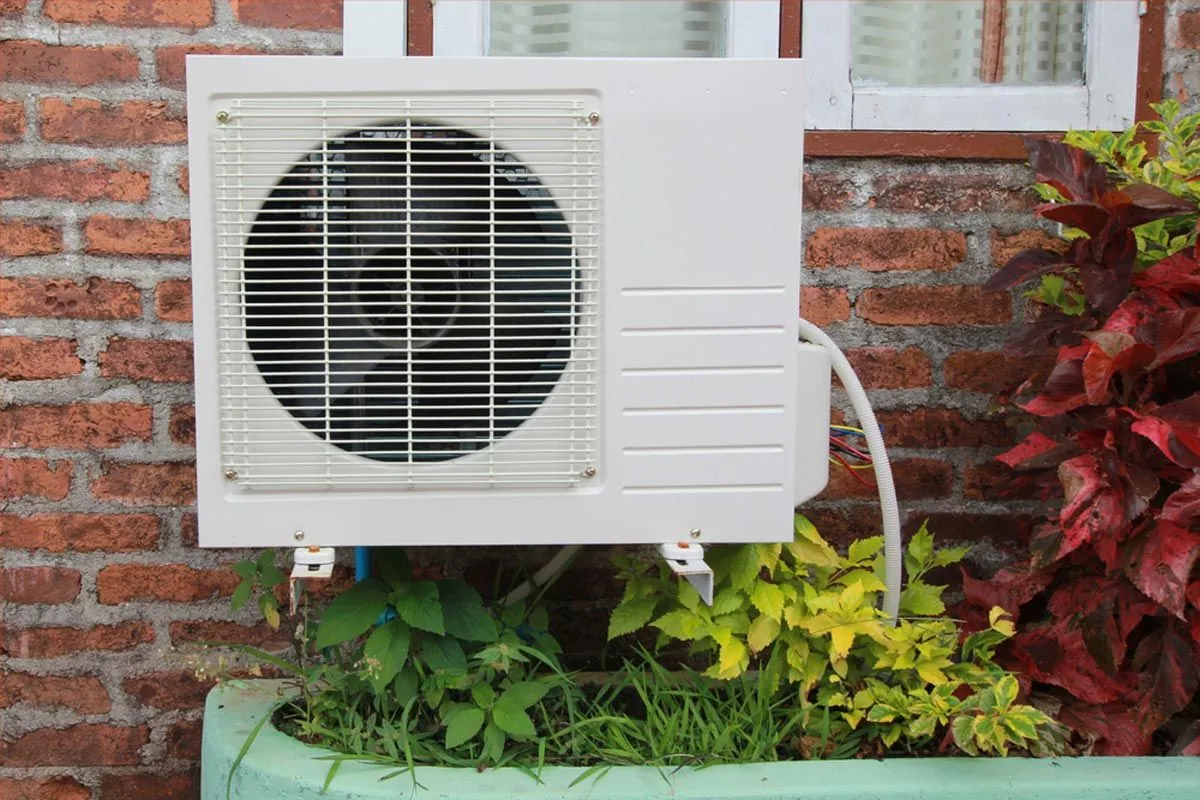Tax Credits for Green Home Upgrades Surpass $8 Billion, Doubling Projections
American taxpayers claimed over $8 billion in credits for eco-friendly home improvements in 2023, far exceeding government estimates. The surge in claims highlights growing interest in green technology adoption.

In a surprising turn of events, American taxpayers have claimed more than $8 billion in tax credits for environmentally friendly home upgrades in 2023, significantly surpassing government projections. This surge in claims, more than double the anticipated amount, stems from the Inflation Reduction Act passed in August 2022.
The Act, which allocated approximately $369 billion for energy security and climate change programs over a decade, has sparked a greater-than-expected interest in green technology adoption. More than 3 million households took advantage of these incentives, with $6 billion claimed for solar panel installations and related projects, and an additional $2 billion for other home improvements such as energy-efficient windows and air conditioning systems.

Leah Stokes, a political scientist at the University of California in Santa Barbara, commented on the public's enthusiasm: "The reality is the American people want to adopt solar panels, heat pumps and electric vehicles, and the federal Inflation Reduction Act is helping them do it."
The average household claiming credits for solar panel installation or related improvements received just over $5,000 in tax benefits. These incentives were capped at 30% of the project's cost. It's worth noting that solar panel efficiency has improved significantly over the past decade, with many commercial panels now reaching over 20% efficiency.
Deputy Treasury Secretary Wally Adeyemo anticipates even more households will claim these credits in 2024 as awareness grows. The Act not only made existing credits more generous but also expanded access to credits that had expired or were set to expire.
"To understand the effectiveness of something like that, you have to have a good idea of what a counterfactual might be. Some people who are going to take these tax credits would have perhaps made these investments anyway."
While the uptake of these credits was more common among higher-income households, nearly half of the claimants reported annual incomes below $100,000. The administration is focusing its outreach efforts on middle-class and working-class Americans to ensure all eligible individuals can benefit from these incentives.
Experts are debating the true impact of these credits on spurring new purchases versus subsidizing planned upgrades. However, Sara Baldwin from Energy Innovation points out that historical data suggests tax credits do have a stimulating effect on the market, encouraging greater adoption than would occur in their absence.
As the adoption of green technologies increases, it's expected to drive economies of scale, potentially reducing costs for future adopters and improving workforce skills in installation and manufacturing. This aligns with the U.S. Department of Energy's goal to reduce the cost of solar electricity by 60% within the next decade.
The surge in tax credit claims reflects a growing interest in sustainable home improvements and could significantly contribute to reducing residential carbon footprints. With the average lifespan of solar panels being 25-30 years, these investments are likely to have long-lasting impacts on both household energy costs and environmental sustainability.


































